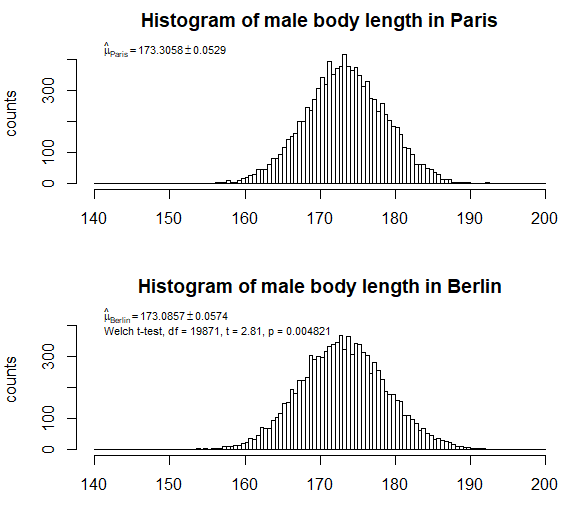We do not want to move away from significance. Significance is important. It is an indicator that a datasetdata set is large/significant enough in order for some observed effect to be unlikely due to random noise. We still want experimenters to aim for experiments that will be significant. Insignificant experiments, those which likely reflect noise, are not very useful; the interpretation of the outcome is uncertain (is it a 'true' effect or is it noise?). Significance means that the experiment is able to give outcomes with relatively more certain interpretations (the outcome is likely not noise but instead some true falsification of the null hypothesis).
That means that, eventhougheven though significance means that it is something unlikely to occur given the present hypothesis predicting no effect, it is likely for a researcher to find a significant result while it isn't there.
This makes that we now have a big noodle-soup of reports on research data with only tiny effects. If something is a big effect then it is likely to have already been proven. But, we are now having an enormous army of eager (and pressurisedpressurized) scientists trying to find something new, so they will focus on something (anything) small and by doing a significant experiment make it big.
A problem with significance is in the methodology to express errors occurring between experiments only based on the error occuringoccurring within an experiment.
The current experimental scientific 'world' is being driven by these incentives to publish significant (it doesn't matter what) rather than meaningful. The problem with that is that the due to technological developments we have been able to increase the scale of experimental work and do massive testing, allowing to make small effects significantly visible. This places a focus on finding small differences in parameters of the population distributions (it's resourceful niche for many researchers), while the individual people within those populations have much more variation and differences.
We have a focus on the average, rather than the specific/individual, because differences between averages, no matter how small, can be made be easily be made significant (in practice not always easy, but the principle is simple, it is just increasing the quantity of testing).


If you measure tiny effects, and make them significant purely by increasing the sample numbersize, then your are not anymore certain that the determined effect is due to a discrepancy in the null model, it can also be the sampling procedure (When a significance test fails we tend to say that the null hypothesis is falsified, but we should say that the null hypothesis plus the experiment is falsified. However we do not normally say that because for large enough effects we tend to ignore the systematic effects).


